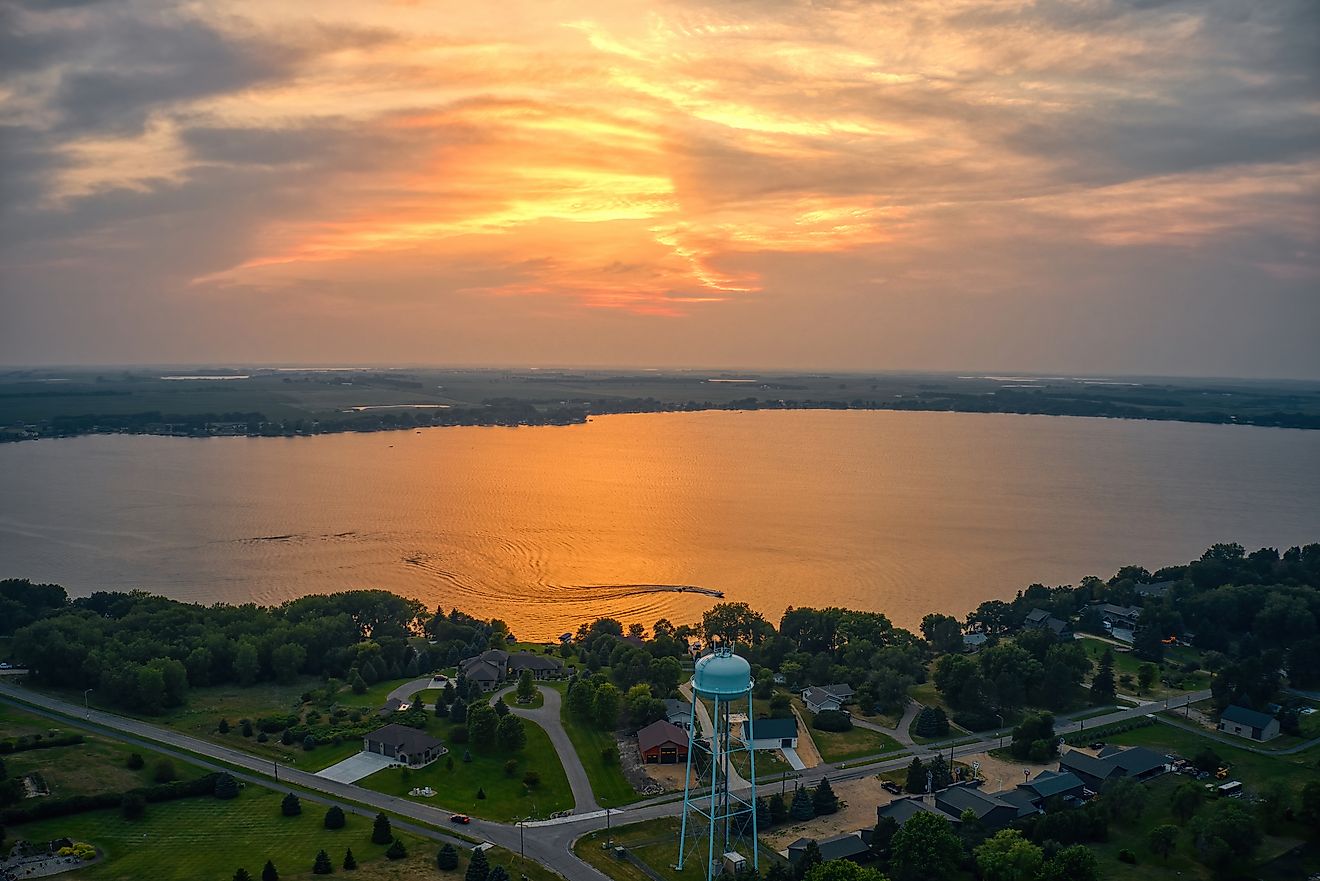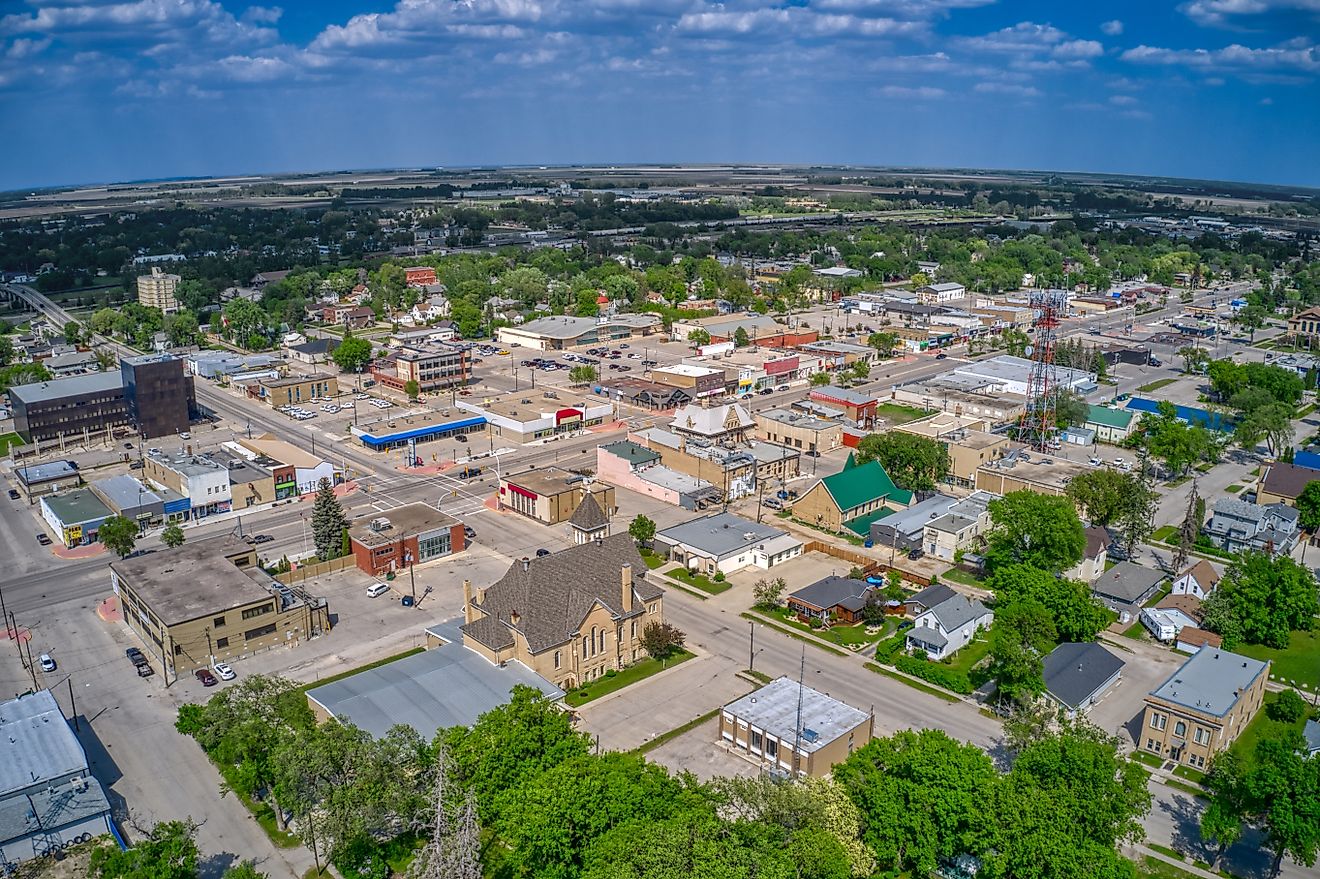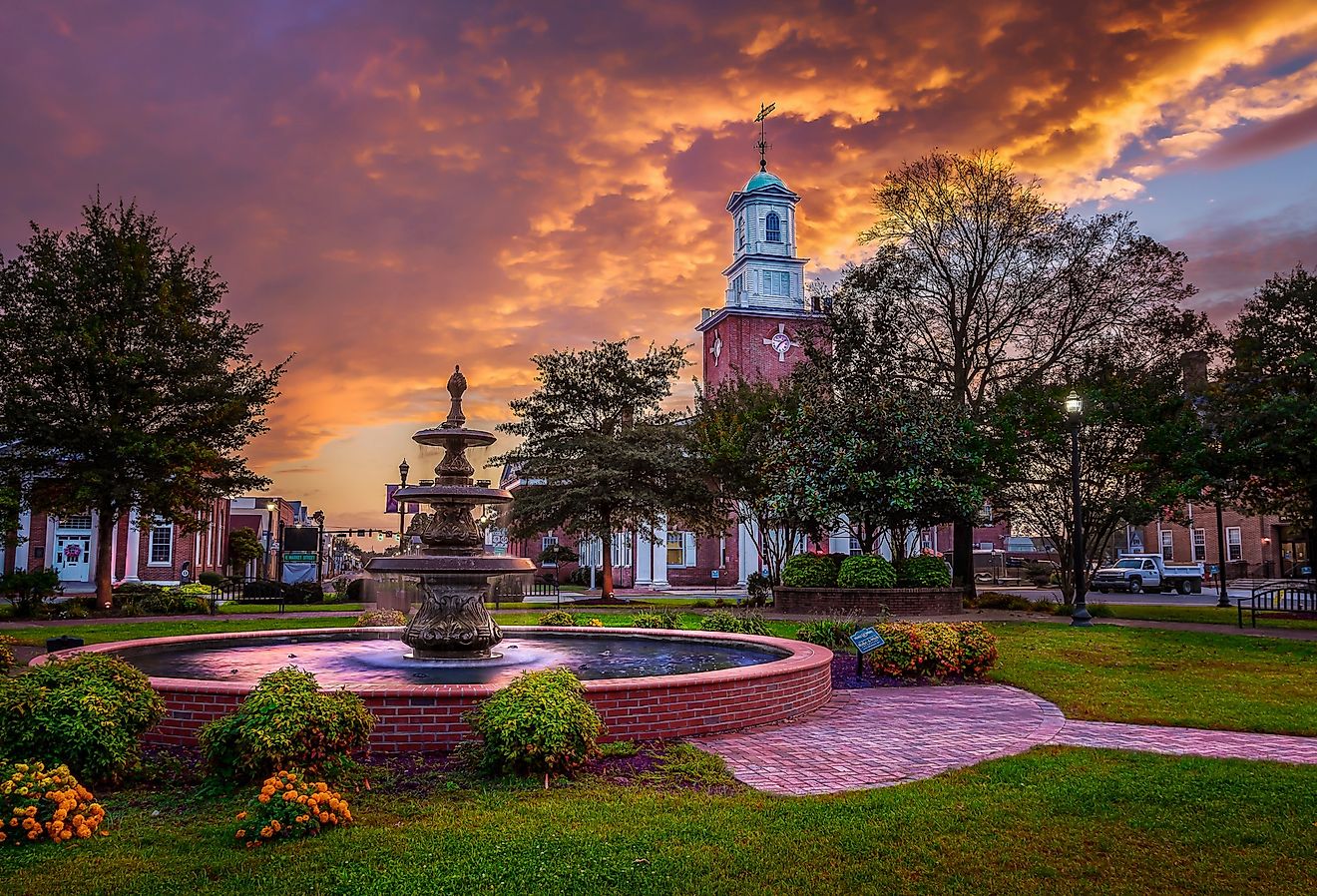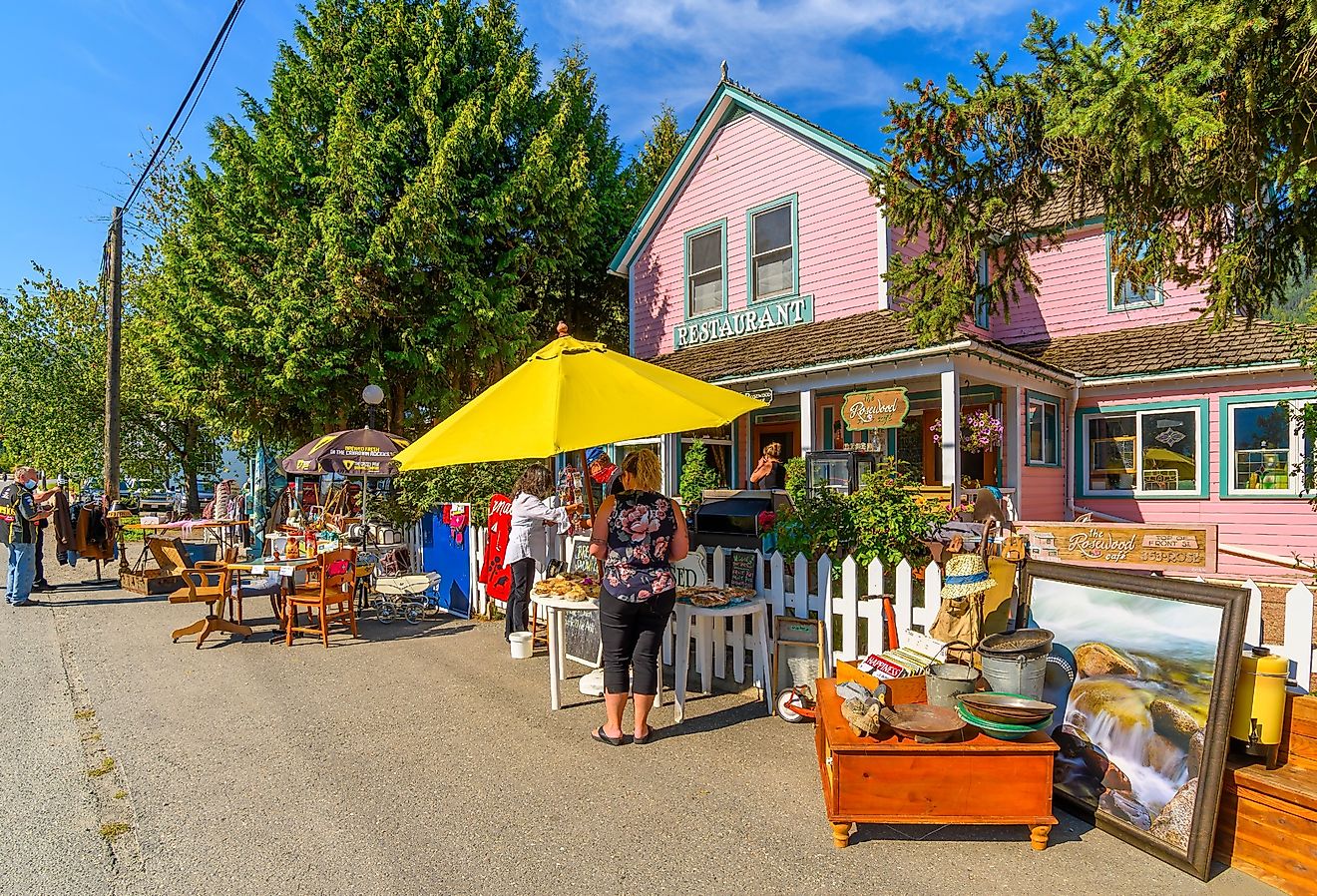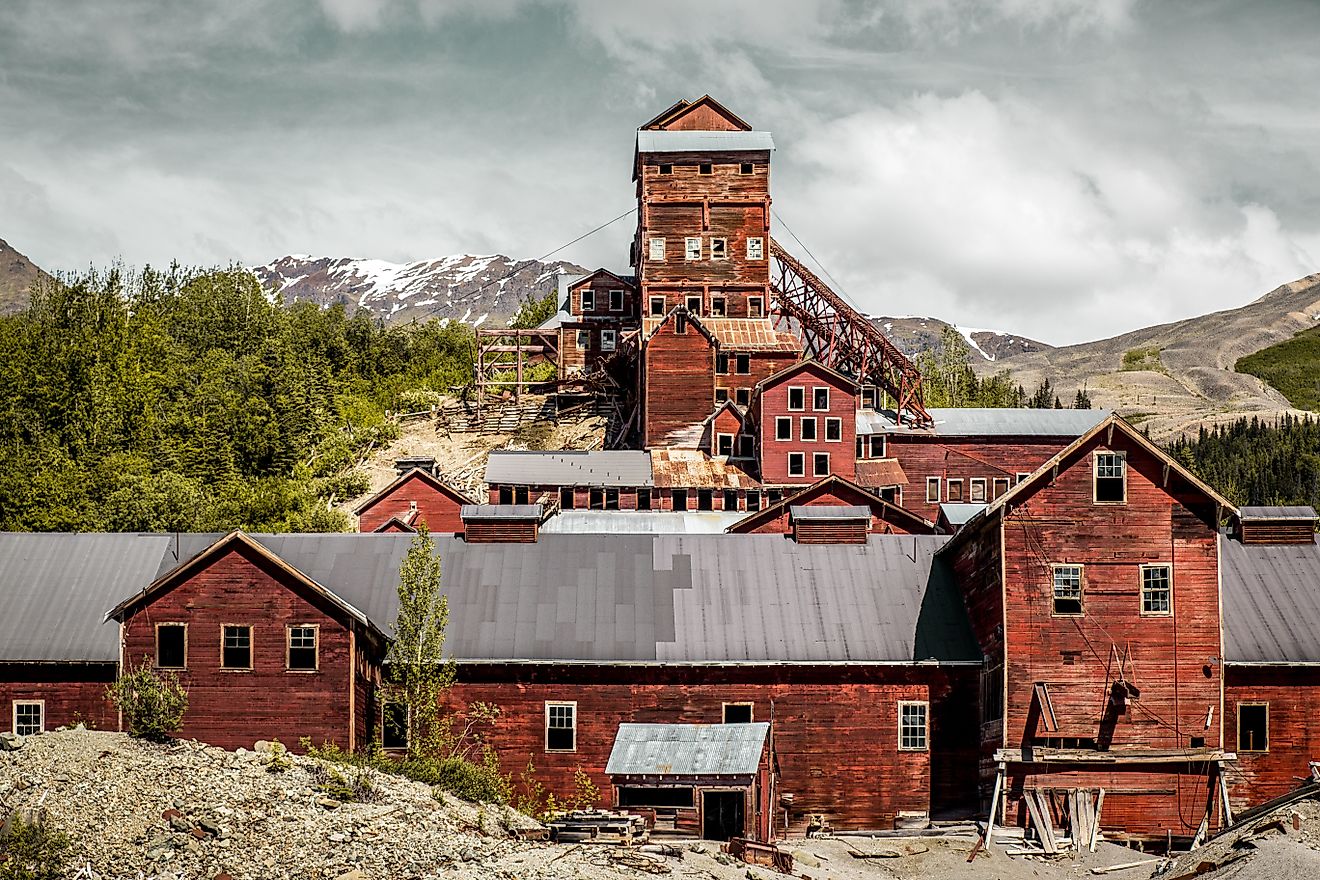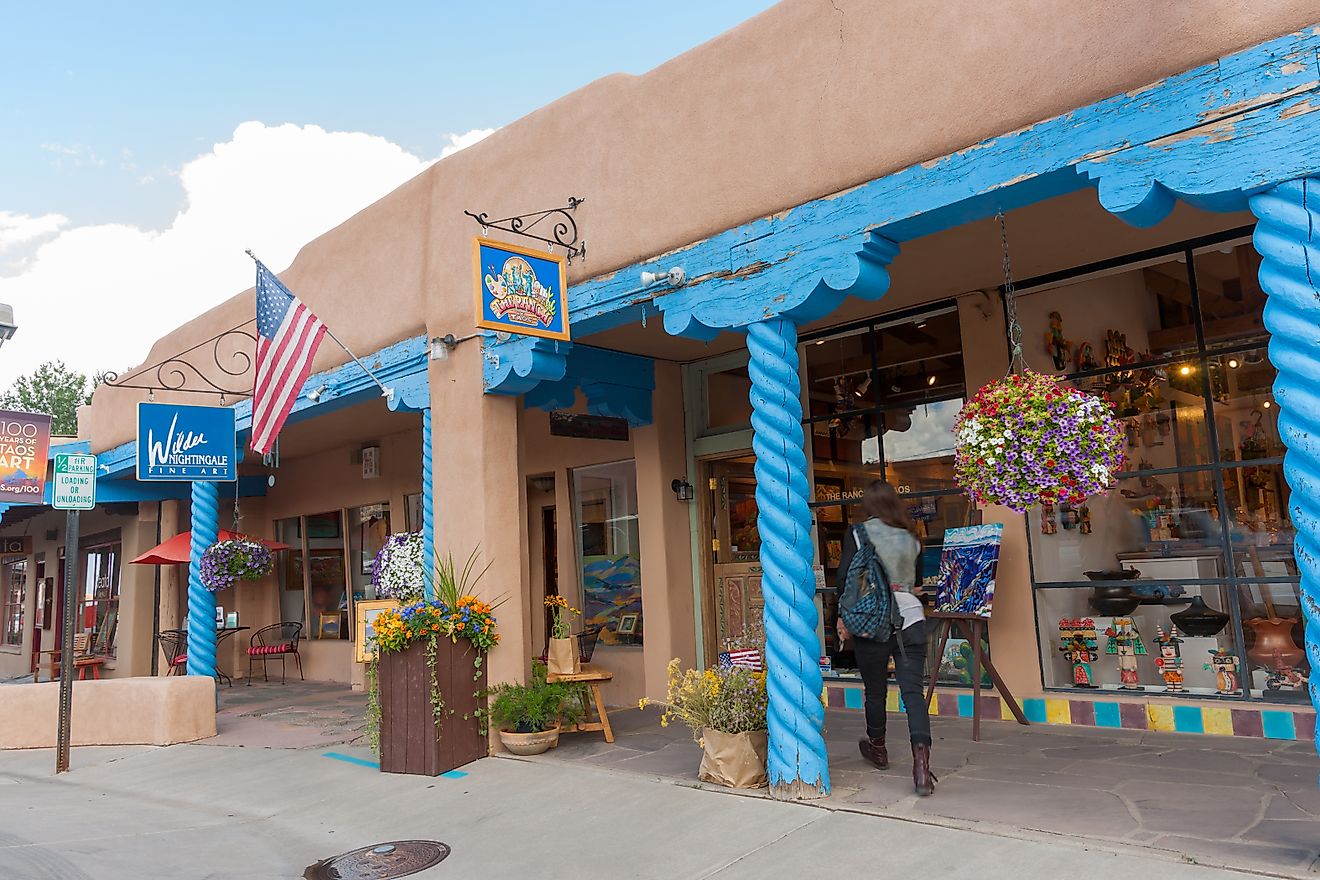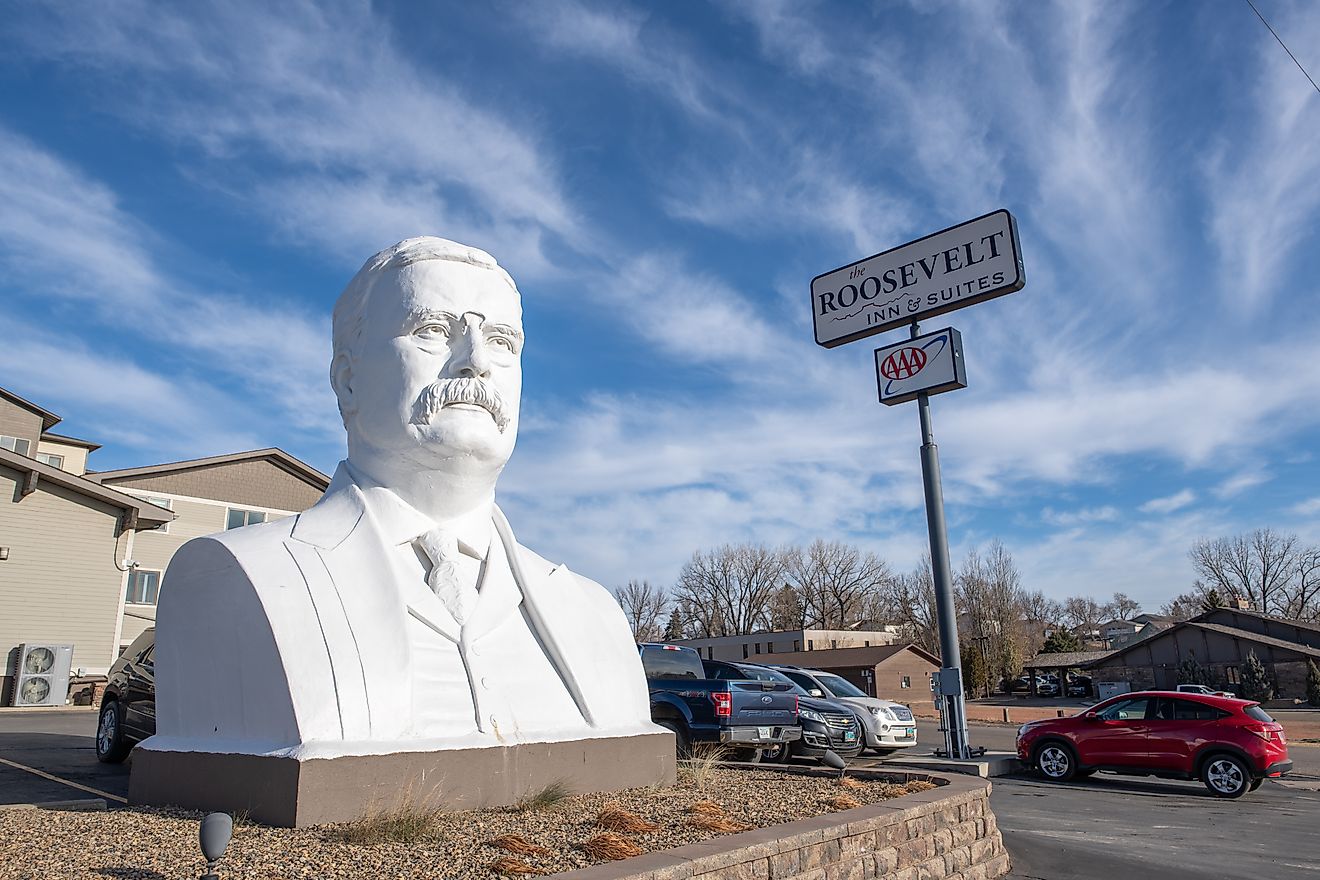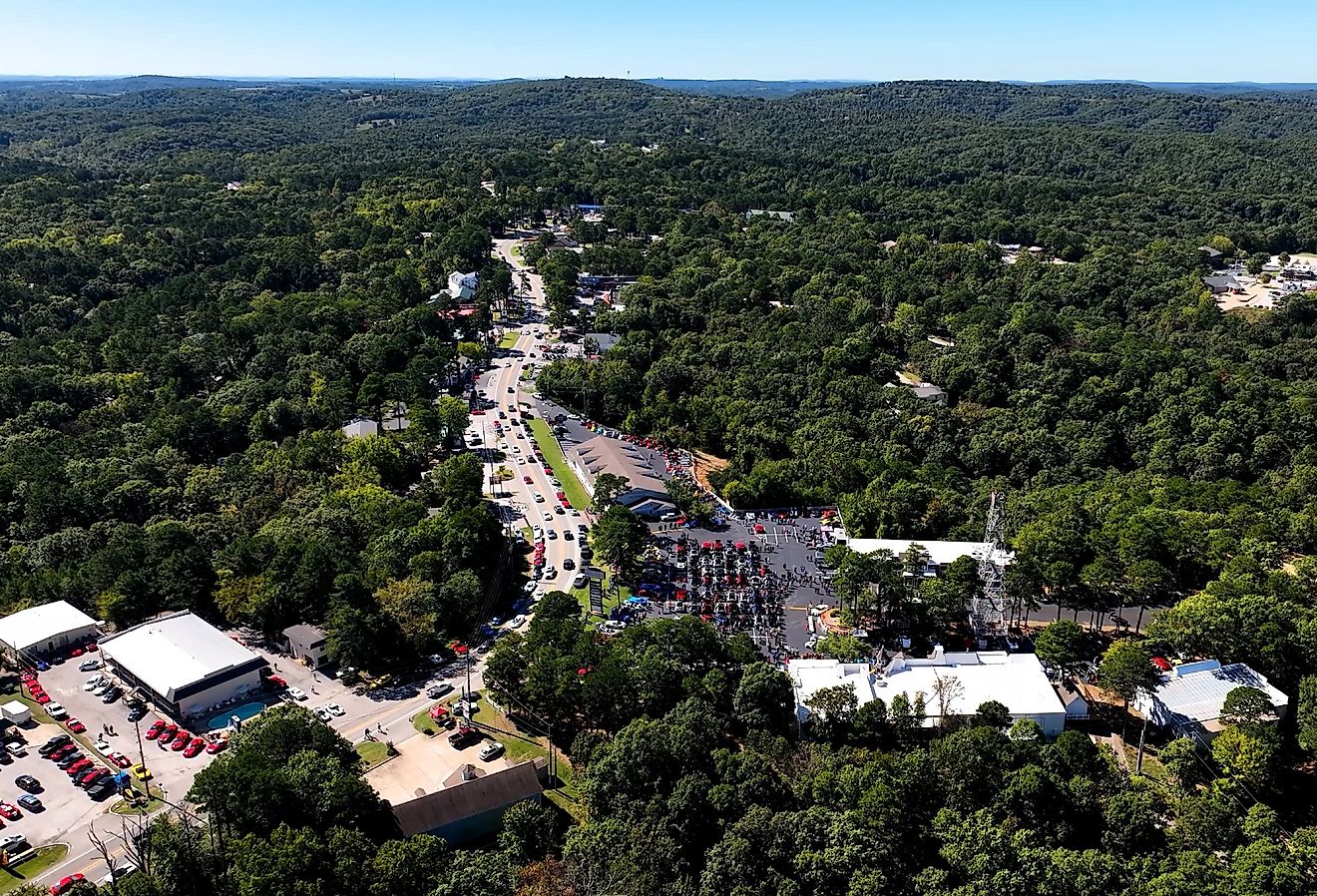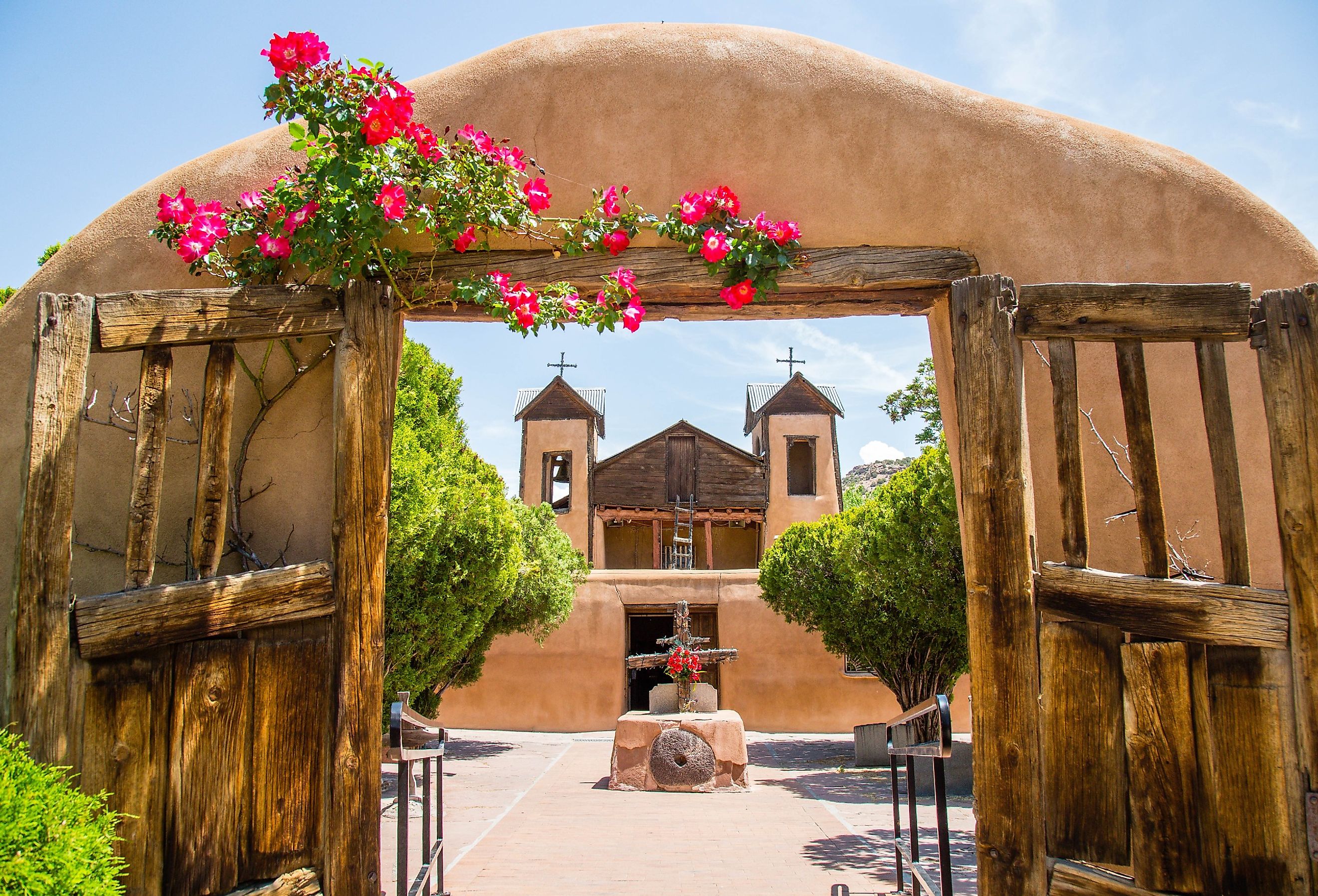
6 Underappreciated Towns to Visit in New Mexico
Although New Mexico only joined the United States in 1912, it is the furthest thing from a new state. Home to the richest history and innumerable culturally significant sites, the Land of Enchantment fuels the imaginations of travelers today and generations to come. The state is an integral part of the American Southwest, and these underappreciated small towns are the essence of the past, the hospitality, and some of the most varied geography in the US.
Corrales is a viticulture destination, while Mesilla, one of the coziest towns in the country, also boasts a historical plaza, pretty high up the list. Speaking of, Cloudcroft rests at over 8,000 feet above sea level inside a national forest, a solace to all your daily worries in the cool mountain air, where every activity feels like an indulgence in the alpine landscape. Aztec, home to the Aztec Ruins National Monument, is an amalgamation of Irish and Scottish traditions in a largely Native American landscape.
Aztec

The San Juan County town of Aztec, often overlooked for Taos or Ruidoso, is an odd pot of cultures and ethnicities. Flaunting its own humble collection of 11th-century Puebloan structures, namely the Aztec Ruins National Monument, one would discern that the modest town of 6,000 may be the successor of the ancient Aztec civilization, but it was the Anasazi who built the ancient settlement, as later confirmed. With magnificent bragging rights around the gathering place for ancestral Puebloans, visitors today enjoy free admission to the wonder. Come for this most significant ancestral Puebloan site in the American Southwest, a UNESCO World Heritage Site, and stay for great river rafting in the San Juan River and the Angel Peak Scenic Area for hiking.
Just south of the Colorado border, this pint-sized town is a big-time outdoor adventure destination, with activities ranging from disc golf to high desert mountain biking and the unmissable trek out to the Chaco Canyon with the stunning ruin of Great House. This 900-year-old edifice of 400 masonry rooms flaunts North America's great kiva—a circular, sacred venue underground for spiritual ceremonies. The active can enjoy endless hiking and biking trails snaking the area, like the scenic Animas River Walk, the Alien Run, and the Navajo Lake State Park. Don't miss the annual celebration of the Highland Games and Celtic Music Festival—an unorthodox mix of Irish and Scottish traditions in a Native American landscape.
Chimayo
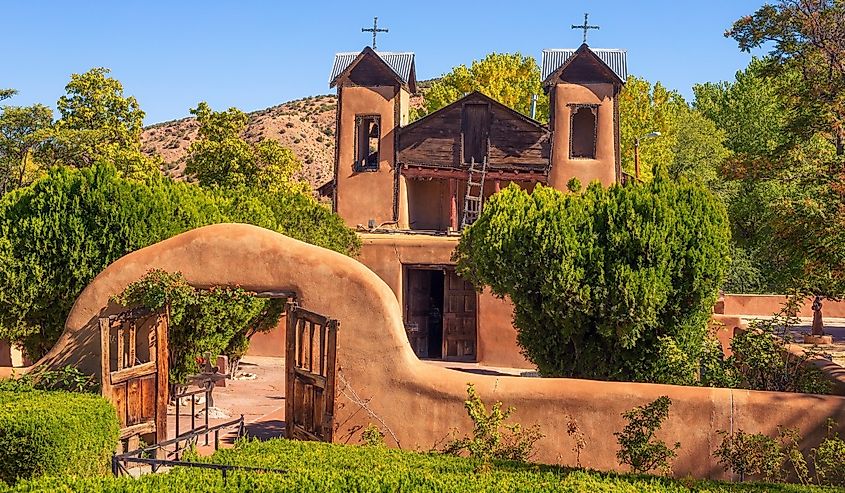
Home to a modest population of 3,200, this humble town just north of Sante Fe in north-central New Mexico has an outweighed reputation among the Catholic and the spiritual as "Lourdes of America," a reference to a small town in the west of France, a real Catholic mecca. Christened after the Tewa tribal phrase "Tsi Mayoh," for a local hill, since 1816, El Santuario de Chimayo, a chapel in the area, to which the Tewa Native Americans traversed vast badlands to absorb the healing spirits in the early 12th century, is a major destination. With allegedly healing dirt in one of the chapel's rooms, this heritage landmark draws some 300,000 Catholic pilgrims annually. Allegedly exuding powerful vibes, the Adobe Church, which combines Spanish and Native American influences on the hill, is a sight to behold.
First a place of worship and then a Spanish settlement and a lasting Catholic community since 1813, the town between Los Alamos and Taos is also a center of Hispanic weaving traditions. Visitors can witness the local craft, buy from the weavers, and taste Chimayo chili pepper only here. A beacon for believers, the renamed hill to El Santuario de Chimayo may bestow spiritual strength, but Casa Escondida Bed & Breakfast will no doubt recharge for another day of exploring Chimayo, the "most important Catholic pilgrimage center in the United States." There is no shortage of outdoor activities along these hills of the Sangre de Cristo Mountains, while the US soldiers who survived the Bataan Death March in the Philippines thanked the Lord at the nearby Shrine of Santa Nino de Atocha.
Cloudcroft
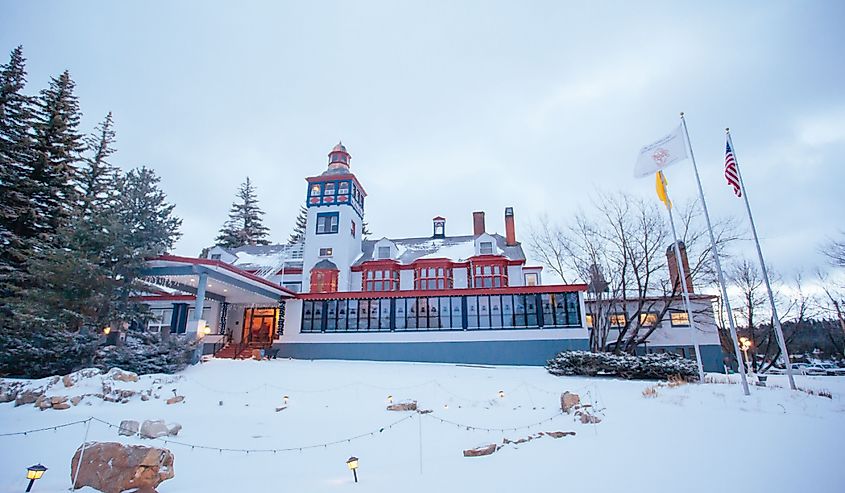
The town with a cool name and rich, 110-year-old history is home to under 1,000 locals who live knees deep in natural beauty—literally. Nestled within the Lincoln National Forest, covering 1.1 million acres in the state's southeast, Cloudcroft feels even tinier in the shadow of three surrounding mountain ranges: Sacramento, Guadalupe, and Capitan. Besides morning forest strolls and explorative hikes like the Trestle Depot Recreation Area, visitors can enjoy wintertime skiing and mountain biking, or just relax in the forest cover on a picnic, a cozy blanket of solace and fresh air on the much-needed escape from the heated city.
Soaring high, much like its name suggests, the old pioneer village is a second-to-none destination at 8,000 feet above sea level for thrill seekers and escapees to breathe deep in the protected wilderness—a real change of gears. Activities like golfing, hiking, biking, the Apache Campground, bird watching, and horseback riding feel like leisure-based indulgences in the alpine environment. There is also shopping, ice cream shops, the Sacramento Mountains Museum, and the Big Daddy's Diner among the must-hits, as well as cozy B&Bs with porches to nourish a drink in an old-timey vibe. Nearby, the slopes stay crowdless with the best cross-country skiing trails, while the town's rink lifts spirits on a glide across the ice, and White Sands National Park is a mere 35 miles to the west.
Corrales

Not just another one of New Mexico's charming river towns, the Village of Corrales, or simply "Village" to the 9,000 locals, dates back as far as 500 CE of human history. Tigua enjoyed the area before the Spanish arrival in 1540, while Corrales' proximity and deep connection to the Rio Grande (Big River)—blessing the area with fertile land—all attract water babies and cultural tourism. Having thrived with vineyards and winemaking since the 1900s, Corrales is still knees deep in the lush viticulture business. Visitors can enjoy a wine-inspired escape over tastings at local wineries, in conjunction with fresh air hikes and the old-timey feel in town.
Fiercely protecting its bucolic charm and rural lifestyle, Corrales exudes a homegrown aura since the various prehistoric influences, later cultures, the present-day Pueblo Indians, and subsequent Hispanic, European, and American families shaped the town, leaving marks and footsteps for visitors to follow. From grape vines to apple orchards and surrounding livestock farms, the traditional way of life—so delicately rare—is both strange and curious to the city folk and easily accessible through wineries, farm visits, and livestock on the streets, as well as the favorite local place to mingle among fresh produce, the beloved Growers Market.
Mesilla
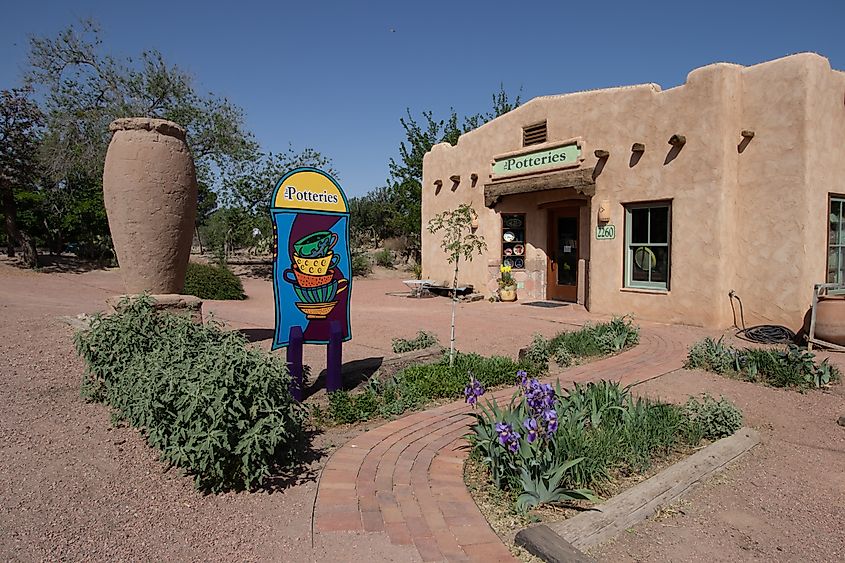
Flaunting plenty of charm and a population of under 2,000, this underappreciated small town boasts one of the top historic plazas in the state. The local dining is very European-like—something one would stumble upon at streetside cafes in Spain—of seldom home cooking but going out. With complying prices, it is easy to spot the "it" spots, like the unmissable Andele Restaurant, with its antique bars and signature Mexican tacos. La Posta de Mesilla is a cute eatery famous for spicy margaritas and lime juice bites, while El Patio Cantina Bar offers unforgettable cuisine, the 1930s traditional saloon vibe and cold brews served cowboy style.
All this fosters a community feel in one of the state's coziest towns, drenched in small-town charm and history. Mesilla's settlement dates to the mid-1800s, after the signing of the Treaty of Guadalupe Hidalgo. Visitors of today and future generations can soak up the unique culture through markets, fine dining, and local shops with friendly patrons for memorable chit chats, crafts, and souvenirs. Extending its warmest hospitality to any group in every style, whether you go for the Siesta RV Park or fancy Hacienda de Mesilla with a pool, don't miss the quaint cafe culture along the plaza for your morning coffee, lunch, or drinks at the hit DH Lescombes, a Mexican-European wine & bistro.
Tucumcari
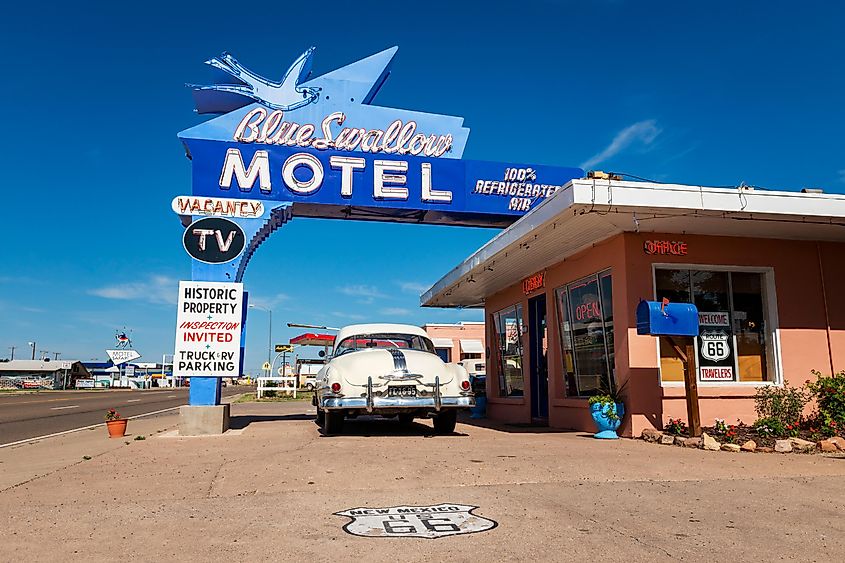
Saving a Route 66 town for desert, this small one, with just over 5,000 people living along the iconic highway, is a real hidden gem to discover before exploring the rest of the Mother Road. Known as a museum mecca, the tiny town of Tucumcari flaunts mega venues for insights into the surrounding area, like the Mesalands Dinosaur Museum and Natural Sciences Laboratory, one of the region's greatest landmarks. After ogling at the 40-foot skeleton displays and prehistoric multi-era findings, make the nearby Tucumcari Historical Museum your next stop for antique wagons, firehouse memorabilia, and crazy-cool military and cowboy uniforms on the underground level.
Still, many come for the high fantasy of the Route 66 Monument to find a convenient, albeit intriguing, stop, and the town delivers. Don't miss the vintage-era motel signs for your Instagram page and the first stop for hungry travelers—Watson's BBQ. The local homestyle cuisine in a rustic appeal with a patio is the best introduction, to fill up, and as the last stop with its gift shop! An obscure resort, Motel Safari exudes unspoiled, nostalgic vibrance reminiscent of motor court themes with its lavish guest rooms, fluffy towels, and colorful linens—an integral part of traditional New Mexico hospitality.
Full of unique, underappreciated towns, New Mexico, rightfully the Land of Enchantment, boasts nature and cultural vibrancy involving Native American, Spanish colonial, and European influences. The smallest of the towns, like Chimayo, the "Lourdes of America," relinquish the state's deepest secrets, like a church on a hill with healing powers, Tucumcari, the Route 66 gem with cowboy culture and museums, or Mesilla's cafe culture. As hospitable hosts with cultures rooted in traditions, visitors get a real sense of the resurgent, modern state that would take a lifetime to discover.
